The Nellitheertha Somanatheshwara Cave temple is one of the holiest temples in South Kanara. It is a truly splendid temple appealing to both the spiritually oriented and the nature lovers. Whether to pray and ask for God’s blessings or just to enjoy the beauty of the cave, it’s worth a visit.
Introduction
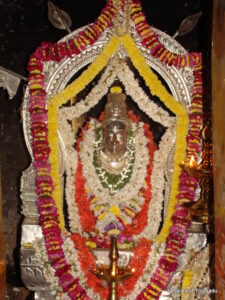
The main deity of the temple is Sri Somanatheshwara (Shiva). The temple also has MahaGanapati and Jabali Maharshi as deities here. In fact, the Jabali Maharshi Brindavana was recently constructed. In typical Tulu-naadu tradition, the temple also has its set of “Bhootas“. Bhootas are considered as the “Ganas” or warrior-assistants of the Gods. The main bhootas of the Nellitheertha temple are Pili-Chamundi (Pili means Tiger in Tulu), Kshetrapala, Raktheshwari and Doomavathy.
The Lingam of Shri Somanatheshwara has been made out of pure Saligrama shila and is considered very sacred. There are other artifacts in and around the temple which are pointers to the past glory of this place. Among them are the “Arasule Mancha” (King’s seat), “Arasule Mantapa” (King’s abode) and the “Jina Vigraha” (Jain Statue). The temple of Shri Mahaganapati has been rebuilt recently and is splendid in itself.
The most beautiful aspect of the temple is the Cave, which is described in the subsequent section. The “Nagappa Kere” is a small pond situated to the north of the temple. This natural pond, along with its religious significance, is also a scenic spot. The lake is at its best immediately after the monsoons (Oct—Dec) when its crystal clear water is a swimmer’s delight.
The “Arasule Mancha” or King’s seat is situated near the main entrance of the temple towards the north. Historical evidence suggests that this seat was where the king of the land used to be seated when he visited the temple. It is believed that even today, the spirits of the former rulers visits the place at night and so it is prohibited to sit on the seat after dusk.
The Nellitheertha temple is a symbol of secularism. The temple and the cave is open to members of all beliefs and castes. Any person, above the age of 5, is allowed to enter the cave irrespective of gender. Truly, Nellitheertha is a special and model place.
The Cave

The main attraction of the temple is the cave. Situated right at the entrance of the temple towards the left of the main door, this huge cave is one of nature’s wonders. Un-spoilt by human indulgence, the cave is a nature lover’s delight. A visit to the inside of the cave is considered a sacred and spiritual experience by devotees. The entrance to the cave is huge and wide. Within a few feet, the trail narrows down and one is forced to bend and crawl forward. Subsequently, one has to fall flat on the tummy and crawl ahead. Finally, after about 300-400 metres, the cave widens again and we find a huge lake in there. There is a natural Shiva Lingam in front of the lake and devotees pray and worship the lingam. The most amazing part of the cave is the fine quality of the mud available inside. It is said that the mud here has healing powers and is treated as prasadam by devotees. Right behind the Shiva Lingam, a second cave starts off. Not many people have ventured into this second cave till date. A few who have gone ahead vouch for the extreme terrain they have encountered. It surely will be challenging for the adventure lovers.
The name Nellitheertha also has its etymological roots in the cave. Inside of the cave, drops of water, in the shape of amla (gooseberries) constantly keep dripping down. In fact, the lake is made up of these drops of water. Hence the name Nelli (Amla) Theertha (holy water). Another unique aspect of the cave is that it is closed for nearly 6 months a year. The cave is open only between October and April. Though there are religious reasons associated with this (it is said that the cave is open 6 months a year for humans and is meant for Gods and Rishis the remaining 6 months), the point is that the 6 month break each year helps the cave to “rejuvenate”. The water freshens up and the animals inside enjoy the lack of disturbance.
History & Origins
The holy place Nellitheertha and the temple have a long and glorious history. Although the first recorded material mentioning Nellitheertha dates back to 1487 A.D, there is ample evidence available at the place to suggest that the temple existed much before that. At its glorious peak, there used to be daily festivities performed under the aegis of the ruler of Nellitheertha. From that grand state, the temple gradually declined and its existence itself was threatened towards the later part of the twentieth century. Since then, devotees and well wishers have got together to restore the temple to its previous grandeur. With the blessings of Shri Somanatha, the temple renovation work is now on in full swing.
Historically, the Nellitheertha region was under the administration of the Chowta family. The chowtas are a famous name in Tulu Naadu and it is said that the temple flourished under their administration and was a major center for religious and cultural activities under their reign. Even today, the descendants of the chowta clan take an active interest in the maintenance and development of the temple.
There are some artifacts and archeological evidence available at the temple which point to a Jain interest and influence at the temple. These are evidence to suggest that the temple and the region was probably under the administration of Jain kings of the region.
Jaatre:
Every year, around the last week of December, the Nellitheertha temple conducts its annual Jaatre (festival). This is a grand five day event full of religious and cultural ceremonies. The festival starts on the 14th day of the Shukla Paksha in Dhanur Maasa. Typically, this falls on the last week of December or the first week of January. The festival begins with a silver flag being hoisted to indicate the beginning of the Jaatre. This is called “Kodi” or “Dhwajaarohana” ceremony.
Each of the four days has separate ceremonies like the “Balis” where the idol of the presiding deity is carried around the temple for a procession accompanied by music, the”Rudrabhishekas” where the Shiva Lingam is given a grand shower with 101 vessels of water and the “Rathotsava” where the deity is taken on a procession on the chariot.
The climax of the festival is on the fourth day. Called the “Aarat” in local language, the ceremonies on this day mark the end of the festival. During the day, the presiding deity is taken on a procession in the Ratha or the chariot. Villagers offer their prayers during the procession. There is also an event called as the Pilchandi Bheti (meeting of Pili-Chamundi with the Lord) where the Bhoota offers its prayers to the Lord during the procession and seeks his blessings and vows to carry on the role of protecting Dharma in the region. The rituals are followed by a grand lunch for one and all.
The rest of the ceremonies start late in the evening and goes on till dawn next day. The deity is taken on a procession and villagers offer “Katte Pooje” to the deity as it passes their residence. The deity is taken to the temple pond and “Avabhrutha Snana” happens. Finally, the flag is brought down to indicate the closure of the festival.
Getting there:
There are four routes available to reach Nellitheertha.
- The nearest city to Nellitheertha is Mangalore (about 360 kms from Bangalore). You can find a direct bus to Nellitheertha from the Mangalore Central Bus Stand. A taxi should cost you around 250-300 rupees. Get on to the Moodabidri road and pass through Gurupura, Kaikamba and approach Yedapadavu. Just before you reach Yedapadavu, you need to deviate to the left and travel about 8kms to reach the temple.
- Another route is to take the Mangalore – Udupi highway and take a deviation to the right at Mulki. On that road, reach Kinnigoli and continue until you hit a V-intersection. Take the road to the left and travel 13kms to reach Nellitheertha(through Mucchur town).
- You can also reach Nellitheertha from Bajpe via Kathelsaar. This would mean you need to take the Mangalore—Bajpe—Kathelsaar– Nellitheertha Road. This is actually the shortest route to Nellitheertha from Mangalore and is about 14 kms shorter than the Moodabidri route.
- Nellitheertha is extremely close to Kateel which is one of the most famous temples in South India. It is about 8 kms from Kateel and can be reached via Ekkaru—Neerude.
Contact address:
Sri Somanatheshwara Cave Temple
Sri Kshetra Nellitheertha
Neerude Post, Kompadavu Village
Mangalore Taluk, South Kanara District
Karnataka, India – 570063
Phone : 91-824-2299142
Website: http://www.nellitheertha.com
Email: contact@nellitheertha.com
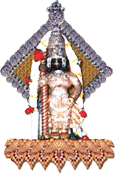

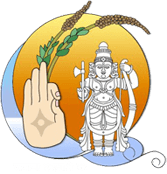
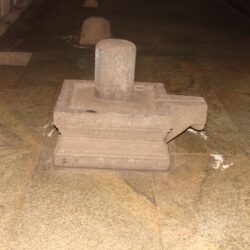
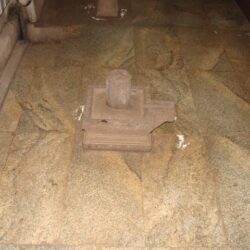
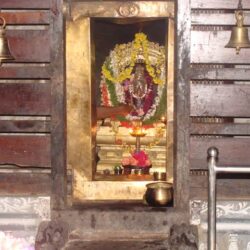
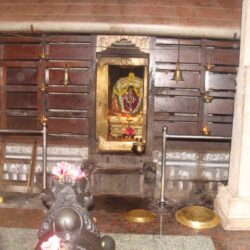
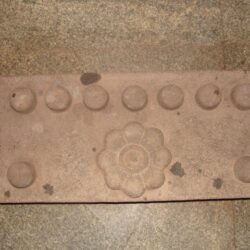
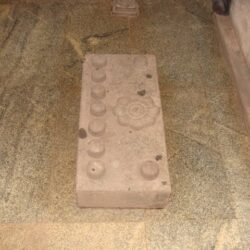
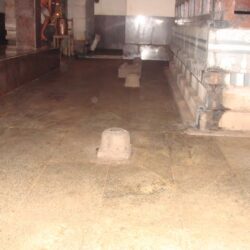
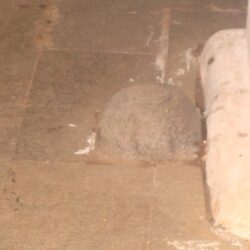
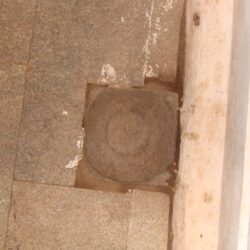
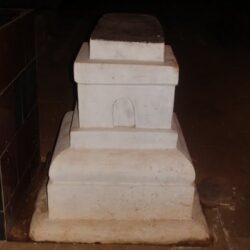
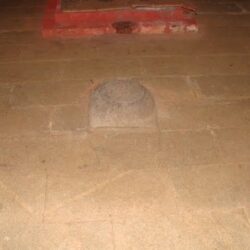
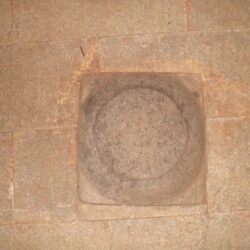
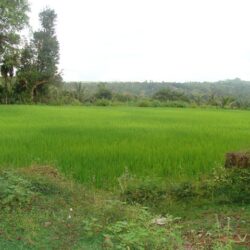
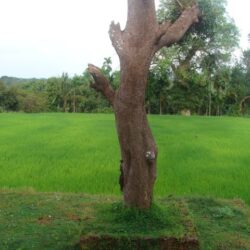
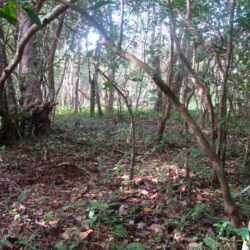
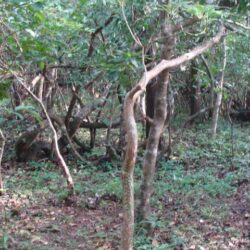
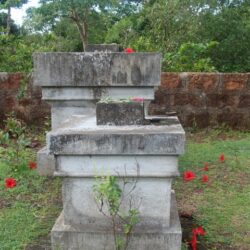
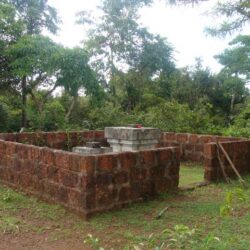
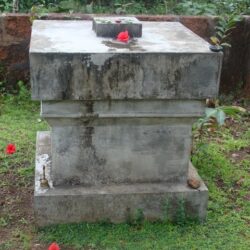
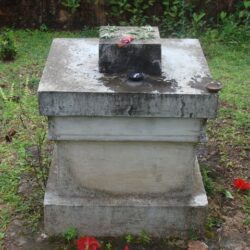
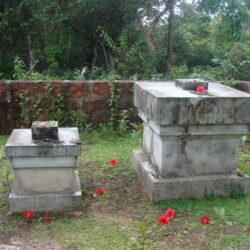
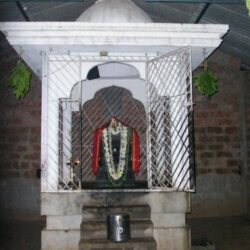
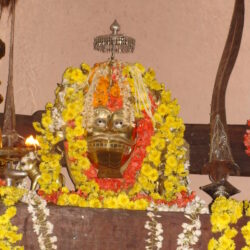
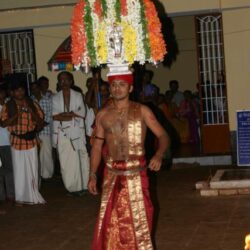
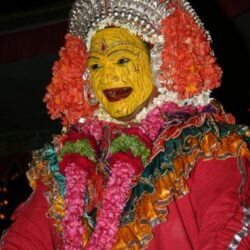
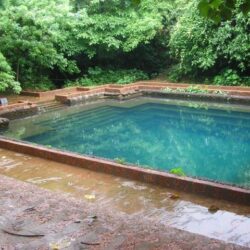
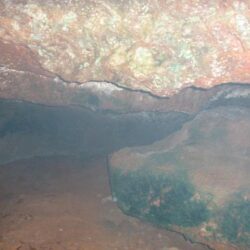
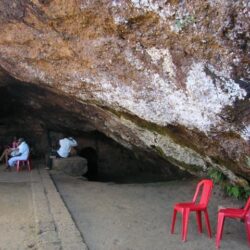
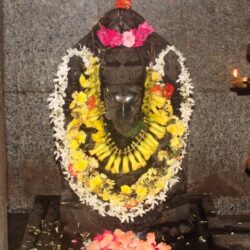
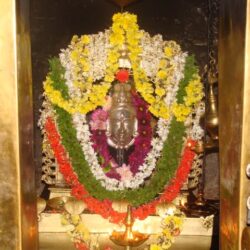
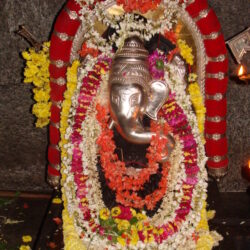
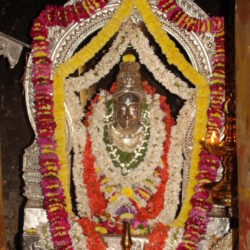
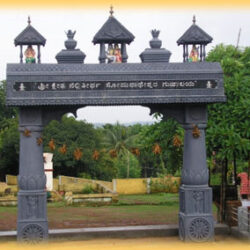
It’s good to know that such a temple exists so close to Kateel. Hitherto I was not aware of this. Next time when I’m on a visit to Mangalore-Udupi, I will include, in my itenery, a vist to Nellitheertha. Thank u very much for the good coverage.
I am from udupi. But I have never heard of this place. When I reading your post I felt that I am there.
namasthe, you have given a place which we not heard upto now. dhanyavaadagalu. next time when we go to udupi we will see this temple definetly. yhank you very much for information given
Namaskara,
I visit Udupi, Pajaka, Saligrama- Guru narasimha, Khumbasi etc every year at least twice. I was not knowing about the Nelli theertha so far. I will make it a point to visit along with my family and friends when I make my next trip to Udupi.
I am thankful to you for the information. God bless you.
Yours with regard
Dr. DNR RAO
Very good to understand and find that a temple is in existence near Mangalore. I had been to Udupi/Padubidri/Kunjoor/Kateel/Mookambika/Dharmasthala/Subramanya. But this is a new information. I would be visiting one day in my next trip to my hometown.
Really it made me pleasure. We tulu nadu people having lot of good temple. We should proud about it
Regards
Adiga K N Adoor
Oh, That’s great. Good job, Explcit coverage. Will definitely visit this temple next time I go to Udipi.
Thanking u very much for having explored this n shared with all of us in such an elaborate write up with pics. . I am from Mumbai n recently we attended one wedding in Kateel. many pple went to see all around the places , like Karkala, Udipi , Moodubidri etc. we just missed this place! better late than never! I will forward this to my friends!
Greetings, ||OM||
This is really a good knowledgeable one thanx & continue will the same always.
All the Best.God Bless.
Really a good historic temple, visited the temple last Nov,2009. Awaiting to see the cave temple…..
Really a good historic temple, visited the temple last Jan.2011. Awaiting to see the cave temple
After seeing this article i had gone to this Cave temple,Yes,it is a great must visited temple.The adventures should not miss it.The one who wants to heal the spritual power should visit this temple.After crawling,laying at last u will be reaching the place where shiva linga is located,ganga river is streaming from rock wall and where jabali rishi is mediating.It will be closed by March end.Please visit the temple soon and get blessings.
visited on 26.03.2011 great place to visit. Please don’t forget to carry a towel & a pair of undis as you have to take a bath in pond and go to the cave wearing the wet towel. closes on April 14th so…..Hurry……
Really a good historic temple, visited the temple last Nov,2009. Awaiting to see the cave temple…..
It was amazing and truthful journey to complete cave as well as temple .
Indeed our gotra is Jabali and I need more information on the cave temple so that I could visit this shrine of our lineage starter.
This place is so amazing within the nature and the caves.
To enter to the cave men should be in dhoti only and females can wear as per their comfort. The entry ticket is Rs 60 plus Rs 10
This temple has cave where we need to take a bath from the kalyani and then enter the cave.
The cave has shiva linga inside and the mud available inside can cure any skin diseases but we need to apply there only we are not allowed to bring the mud.
We should not take bath after coming from the cave we can only wipe if required with a cloth.
The Shiva inside will fulfill the one wish that would be made inside the cave within 48 days.
Then we need offer fruits and coconut to Lord Shiva by buying Rs 25 ticket and then the coconut should be broken once we come home and sweet should be prepared from it and have it.
Truly one of the few temples where the staff are really so co operative and kind.
Blessed with lots of positive energy.
Sir,
I wish to have more information about Nelliteertha guhalaya temple
Am from mysore I visiting temple from more than 7years…i visit nellitheertha twice r thrice per year……tommorow also am gng to nellitheertha…..it is really amazing…..The temple’s nature is awesome…….
I need mud for my 2 month old sun.. He ve some problem with his skin.. Please can you send the mud to my address..
I am indeed impressed by a must visit temple. One just can’t miss Nellitheertha and live blessed. ..Thanks for all the updates. Will visit with family friends and relatives. May you all be blessed by Durga parameshwari. ..Lord Shiva and Lord vishnu.
I am from Bangalore and i visited Somanatheshwara cave temple one week back beautiful temple to visit but from kateelu is transport available to reach temple bcz kateelu is nearest
Visited this cave temple on 18.11.2023. This was my 3rd visit to this place. 1st was in 2010 & 2nd was in 2011. It gives a different feeling after performing cave expedition, pond bath, & temple prayer. This is a unique place & the similar one i have not seen in south India. Great satisfaction.